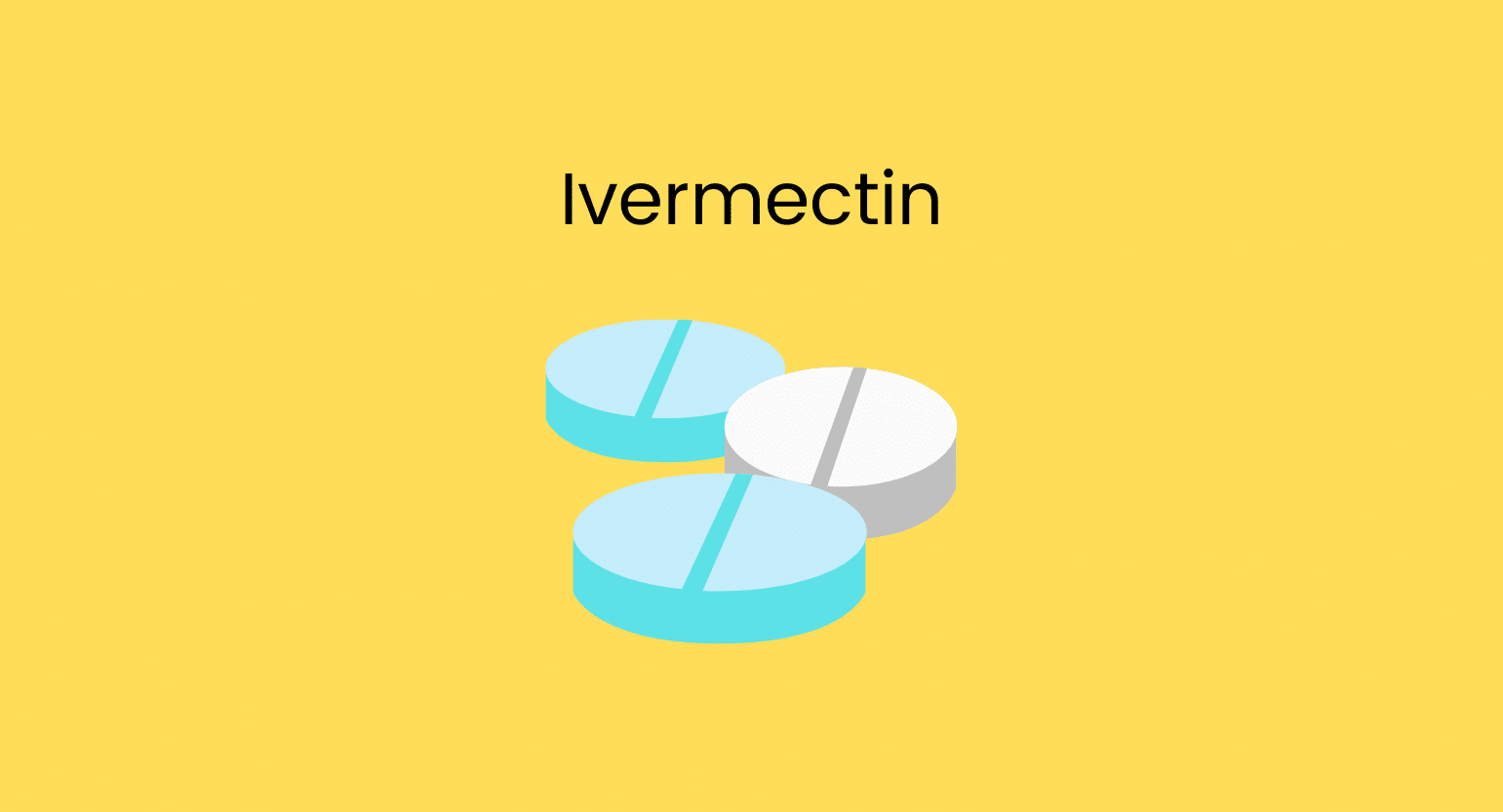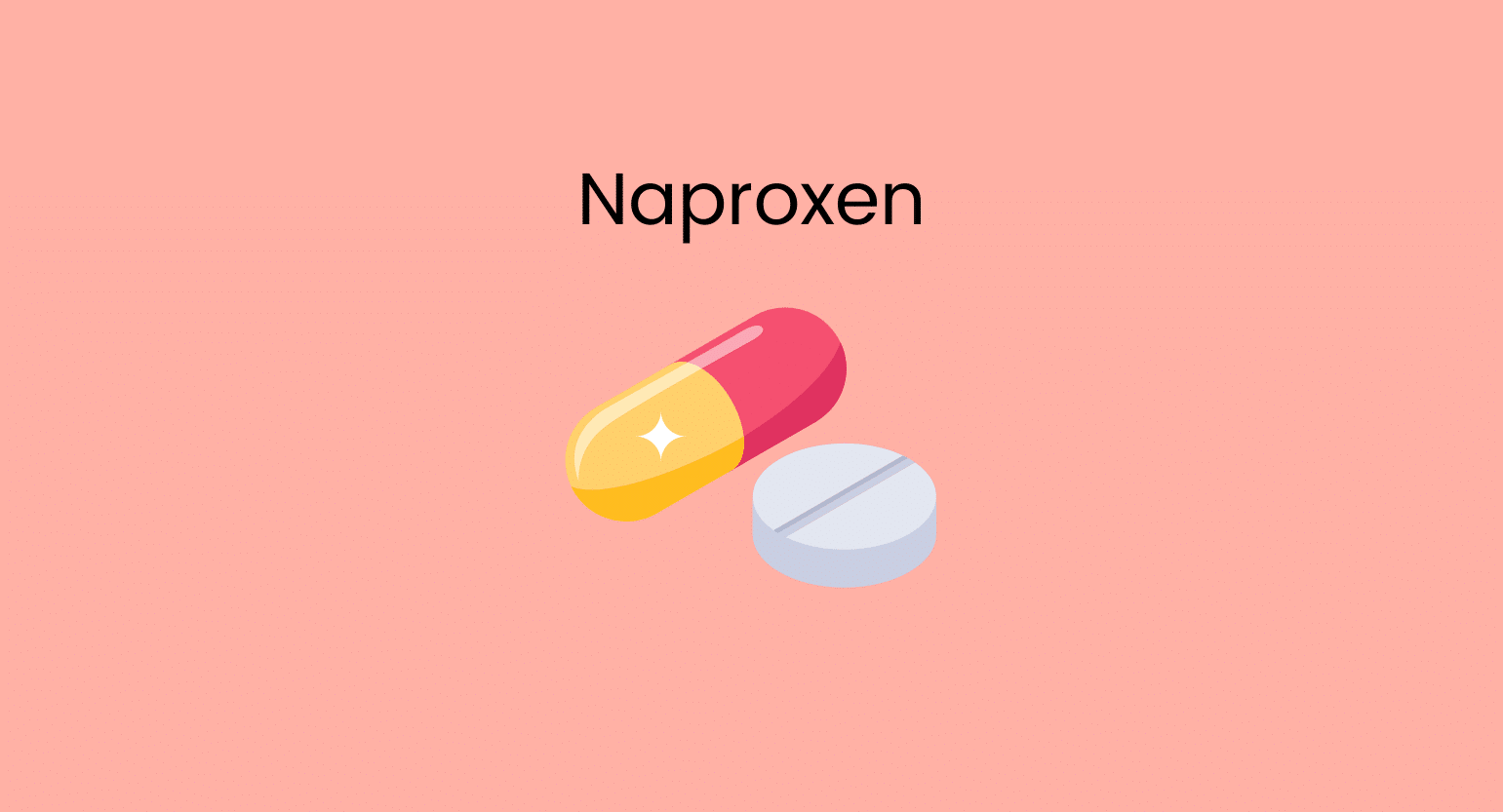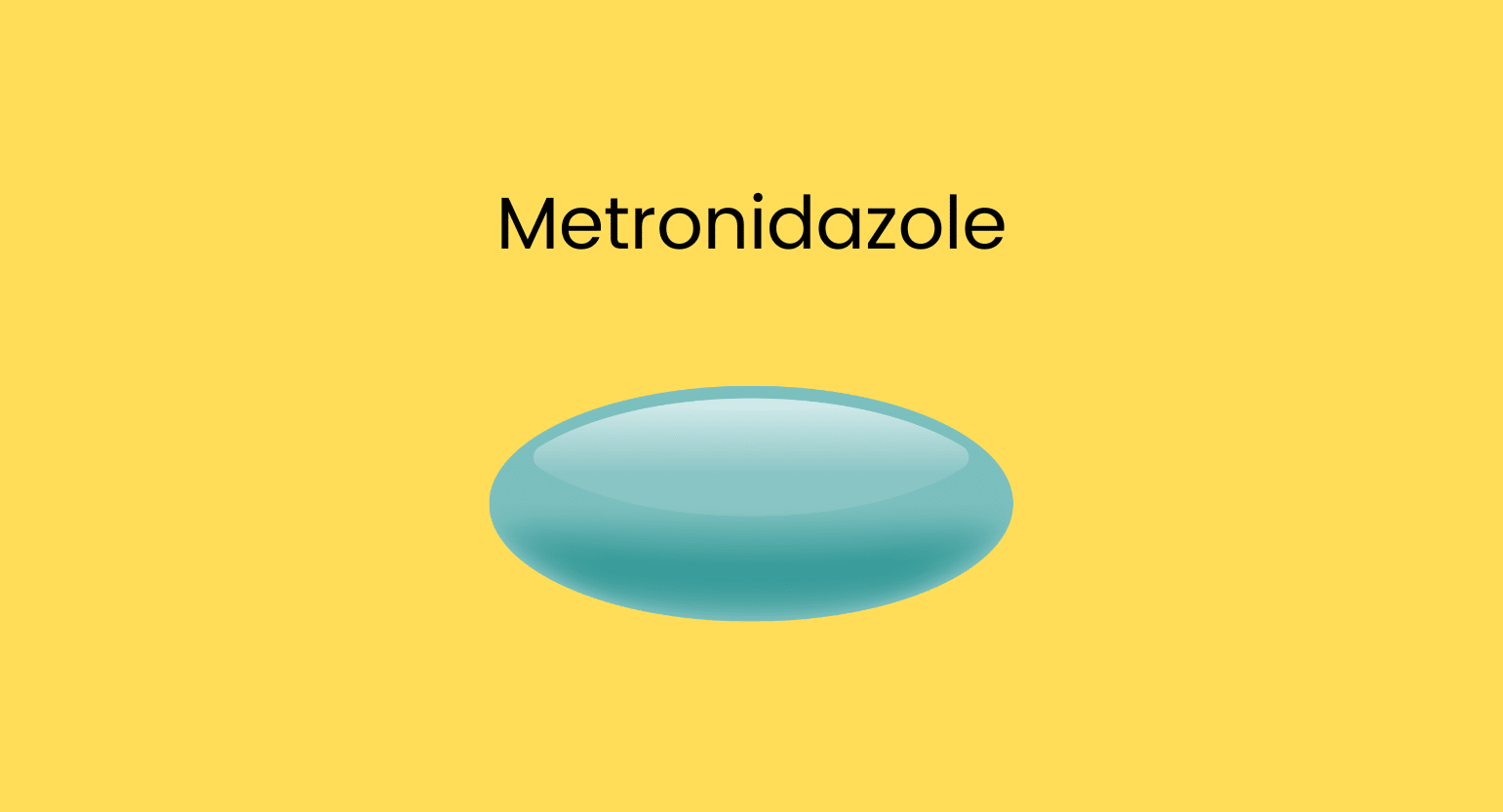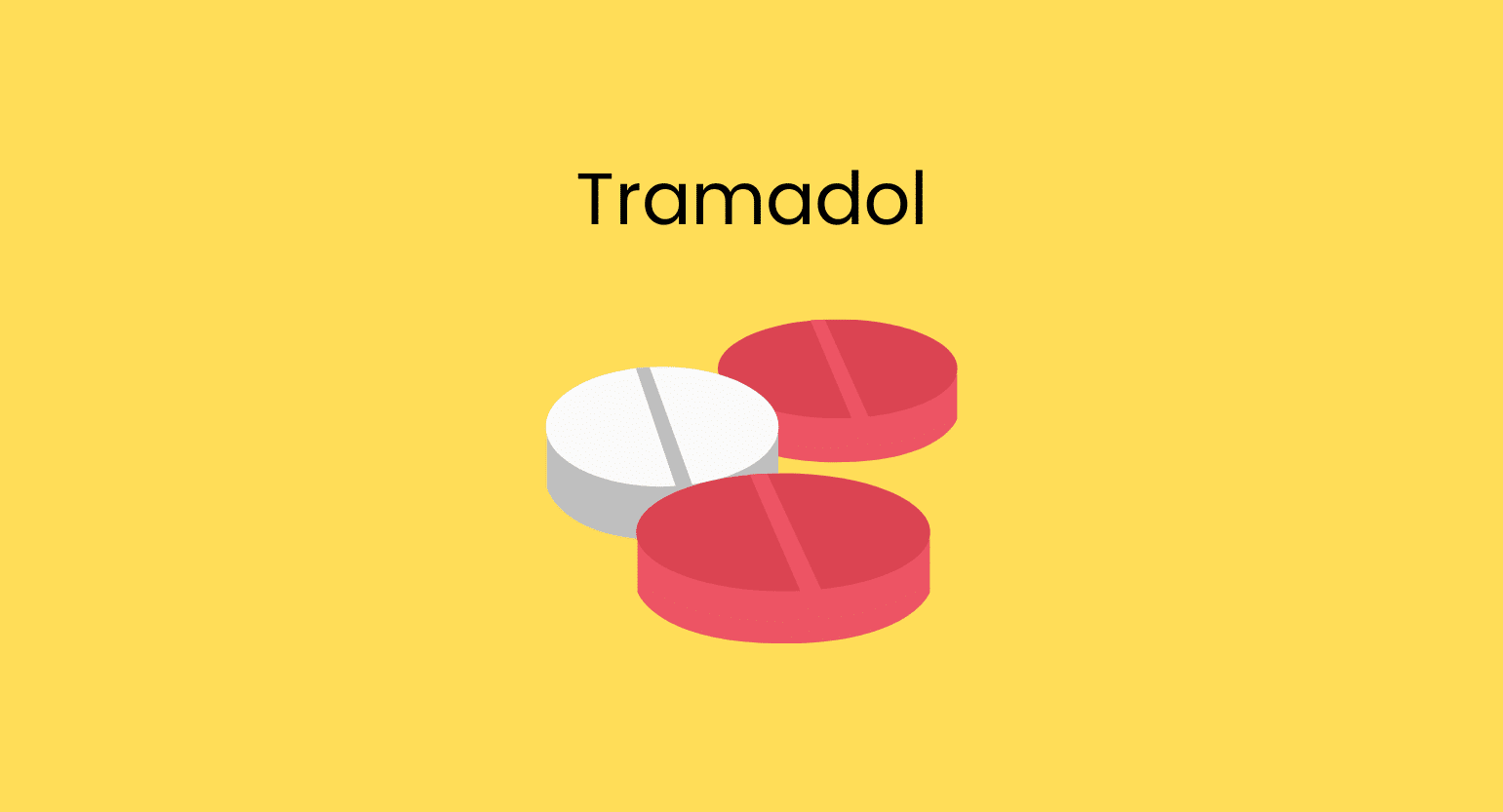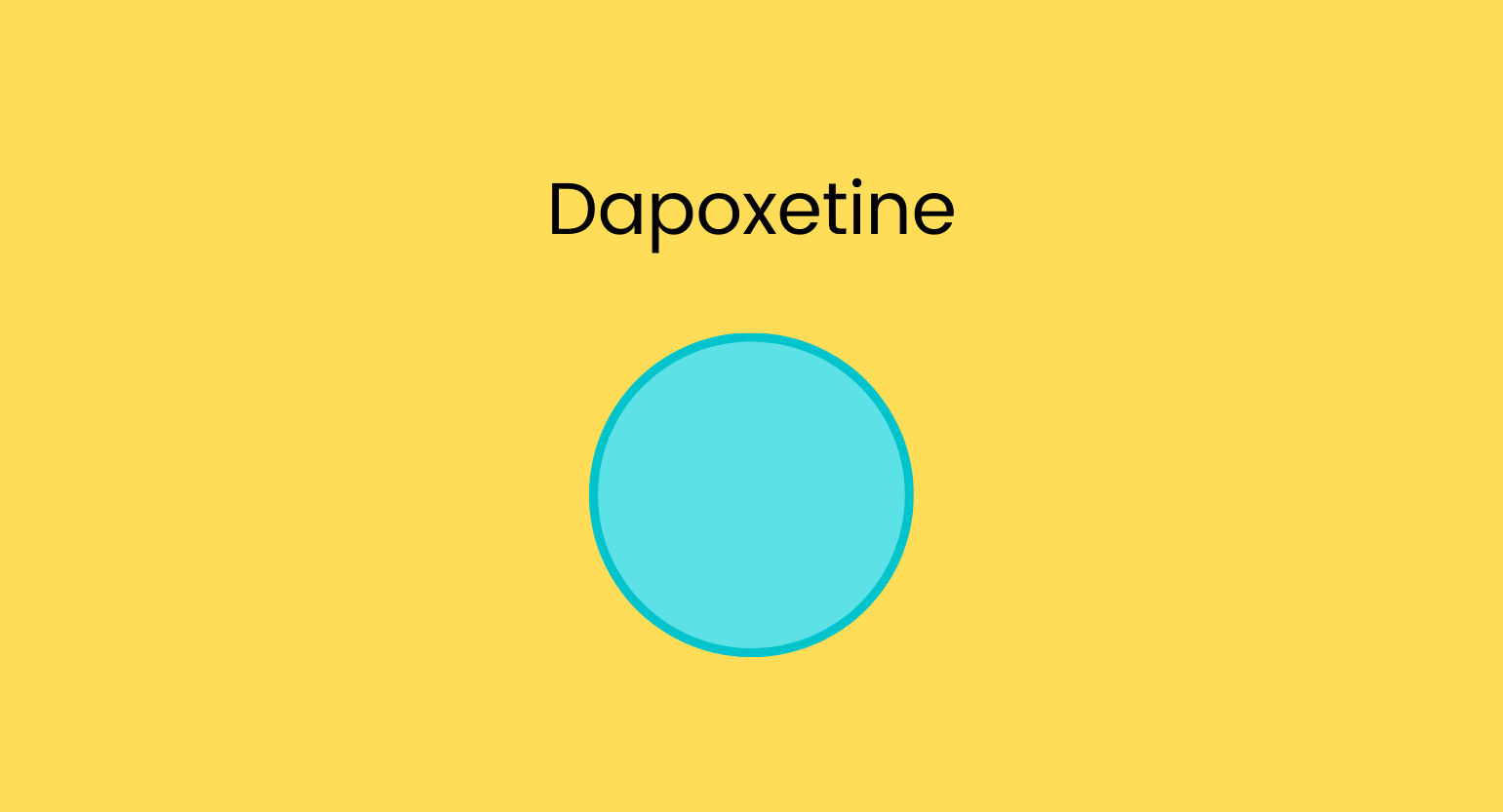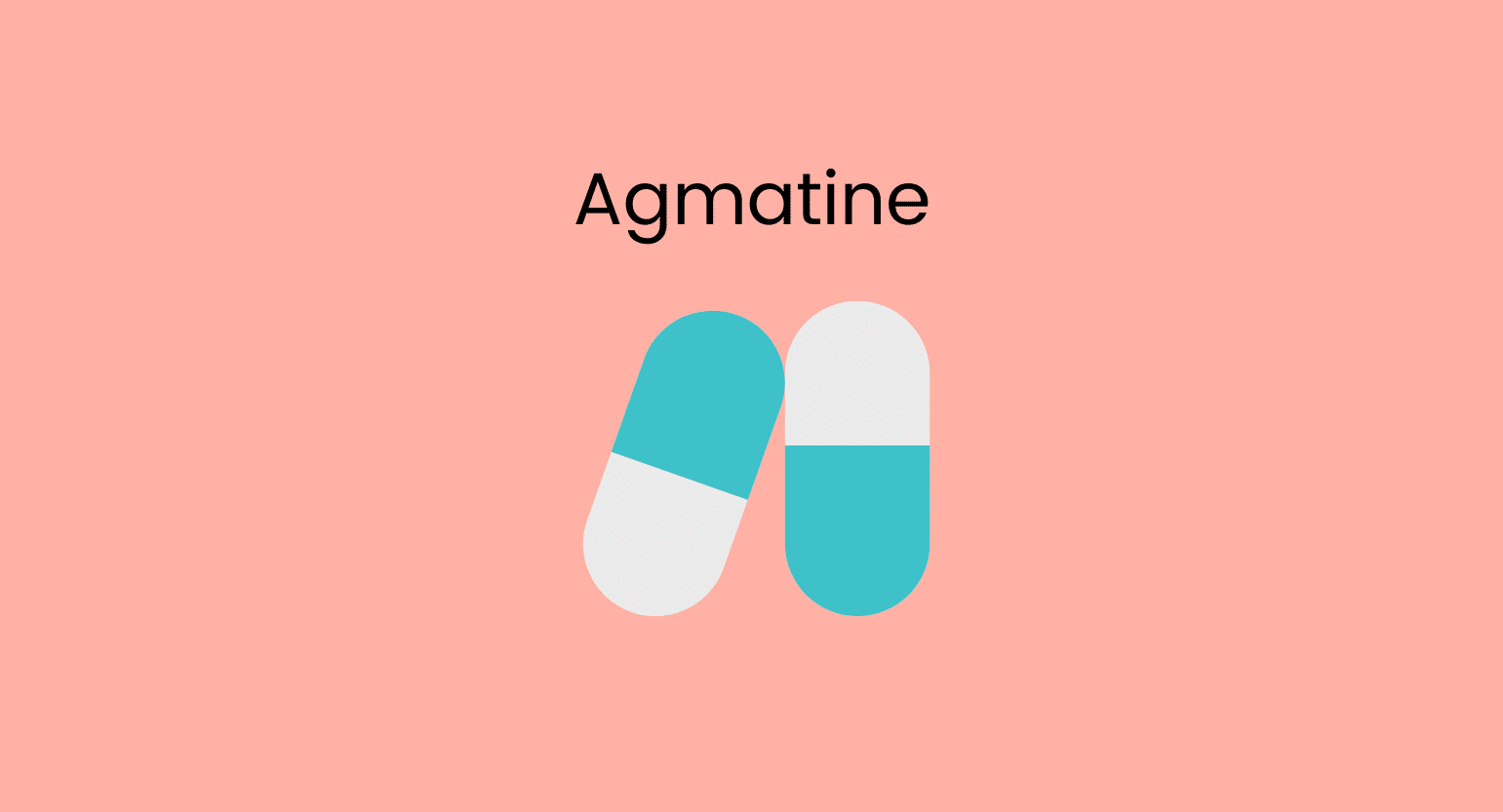Does Kratom Interact With Dexamethasone?
Yes, when taken together, dexamethasone and kratom can interact indirectly. This interaction’s risks and side effects are described as mild to moderate. Seek professional medical advice before consuming these drugs together.
Kratom and dexamethasone can interact in the following ways:
Increased Effect (Antagonistic Interaction)
When two drugs that have opposite effects on the body are taken together, one may hinder the effects of the other one and vice-versa. This pharmacological phenomenon is known as antagonistic interaction.
Kratom and dexamethasone are antagonists; they have opposite effects on various physiological mechanisms in the body.
Dexamethasone has an immunosuppressant and anti-inflammatory action. But, kratom has alkaloid compounds —such as mitragynine and 7-hydroxymitragynine —that are immunostimulants.
Using kratom with dexamethasone will result in a reduction of the anti-inflammatory and immunosuppressive action of dexamethasone.
Slowed Elimination (Metabolic Competition)
Most of the drugs we consume are metabolized in the liver thanks to the cytochrome P450 group of enzymes. When two drugs that require the same particular enzyme for their metabolism are taken together, they will compete to bind to the such enzyme. This is known as metabolic competition.
In this case, the metabolism rate of both drugs slows down, leading to a higher concentration of the drugs for a longer time than usual.
The two main enzymes responsible for dexamethasone metabolism are CYP3A4 and CYP17 [1]. The enzymes hydroxylate dexamethasone form 6-alpha-hydroxy dexamethasone and 6-beta-hydroxy dexamethasone.
Similarly, kratom metabolism also occurs via CYP3A4 [2]. There is a competition between kratom and dexamethasone for metabolism via the cytochrome pathway. This results in an accumulation of both drugs in the bloodstream and a prolonged duration of effect. The level of both drugs may reach a dangerous level that may lead to side effects.
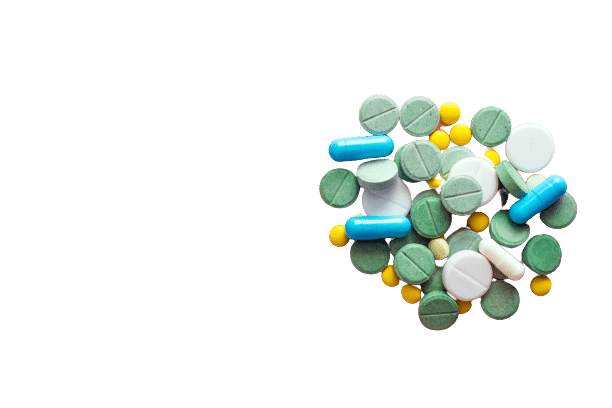
Kratom & Corticosteroids Interactions
Dexamethasone is a corticosteroid drug with immunosuppressant effects. The drug has potent glucocorticoid action with minimal mineralocorticoid activity. The anti-inflammatory action of dexamethasone allows its use in many diseases, such as allergies, cerebral edema, and inflammation.
Other related corticosteroids that kratom will interact with include:
- Betamethasone (Celestone)
- Cortisone (Cortone)
- Fludrocortisone (Florinef)
- Hydrocortisone (Cortef)
- Methylprednisolone (Medrol, Solu-Medrol & Depo-Medrol)
- Prednisolone (Orapred & Prelone)
- Prednisone
- Triamcinolone (Kenalog)
Is it Safe to Take Kratom With Dexamethasone?
No. It is not safe to take kratom with dexamethasone.
Kratom is an immunostimulant drug, while dexamethasone is used for immunosuppression and to reduce inflammation. Kratom acts via the modulation of inflammatory mediators and vascular permeability [3]. The consumption of kratom with dexamethasone can hinder the anti-inflammatory action of dexamethasone and cause severe inflammation or exacerbations of autoimmune diseases.
Even though the interaction risks between kratom and dexamethasone are considered mild to moderate, you should consult a doctor before consuming them together. A severe inflammatory reaction requires quick medical intervention.
What is Dexamethasone?
Dexamethasone is a drug of the corticosteroid family. It has a potent glucocorticoid action and minimal mineralocorticoid action. The drug binds to receptors in the nucleus of cells, which changes gene expression and protein synthesis. This change in protein synthesis results in wide-ranging differences in the body. The drug decreases leukocyte migration to sites of inflammation and decreases vasodilation.
Dexamethasone treats acute exacerbations of allergies, cerebral edema, multiple sclerosis, and shock. It is also helpful for the treatment of inflammatory conditions such as dermatitis and autoimmune disorders like rheumatoid arthritis.
Dexamethasone is mainly available in the form of oral tablets.
Details & Specifications:
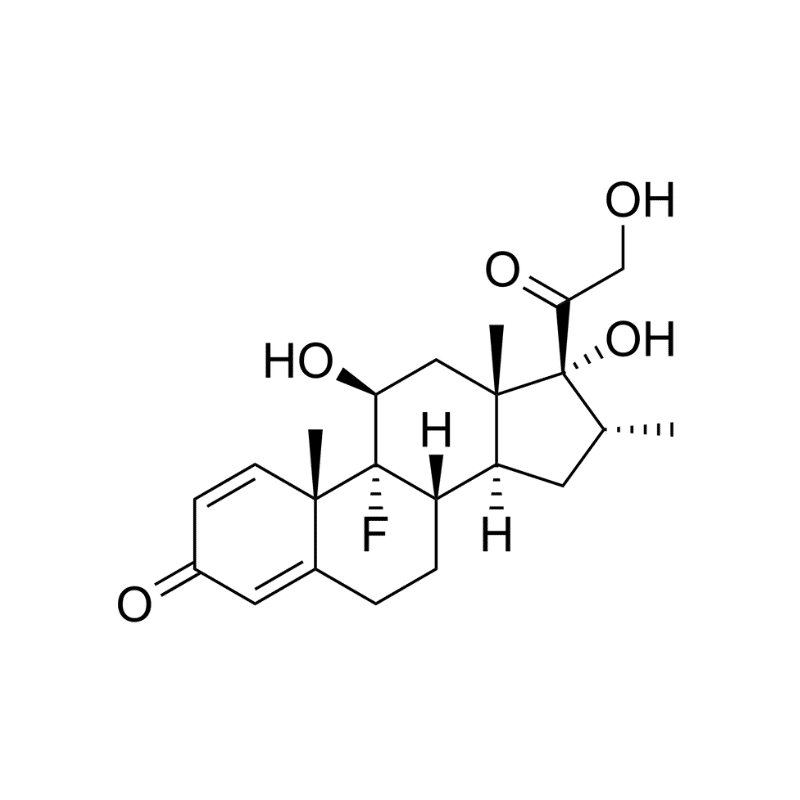
| Drug Name | Dexamethasone |
| Trade names | Baycadron, Decadron, Dekpak, Dexacen, Dexasone, DexPak, Dexatenza, Dioptrol, Hexadrol, Hidex, Maxidex, Maxitrol, Neofordex, Ozurdex, Solurex, Taperdex, Tobradex, Zcort, Zema-Pak |
| Classification | Corticosteroid |
| CYP Metabolism | CYP3A4, CYP17 |
| Interaction With Kratom | Antagonistic |
| Risk of Interaction | Moderate |
What is Dexamethasone Used For?
Dexamethasone is used in the treatment of various diseases. The most common indications for the use of dexamethasone are:
Inflammatory Conditions
Dexamethasone is used for the treatment of various inflammatory conditions such as rheumatoid arthritis, plantar fasciitis, ulcerative colitis, and croup. The drug acts via steroid receptors that change gene transcription. This ultimately leads to various downstream effects that decrease the inflammatory response. There is inhibition of neutrophil emargination.
The drug also inhibits leukocyte migration, vasodilation, and transcription of inflammatory mediators. Dexamethasone helps prevent prophylaxis for swelling before dental and eye surgeries [4].
The drug can reduce inflammation of ocular conditions such as uveitis and endophthalmitis. Dexamethasone reduces cerebral edema, and it is also included in the treatment regimen for shock.
Endocrine Diseases
Dexamethasone treats Addison’s disease and adrenal insufficiency [5] when there is a poor response to other drugs, such as prednisone and methylprednisolone.
Dexamethasone is also used in congenital adrenal hyperplasia. The drug provides negative feedback, which suppresses adrenocorticotropic hormone (ACTH) production.
Moreover, glucocorticoid resistance is a rare genetic disorder and an indication for the use of dexamethasone.
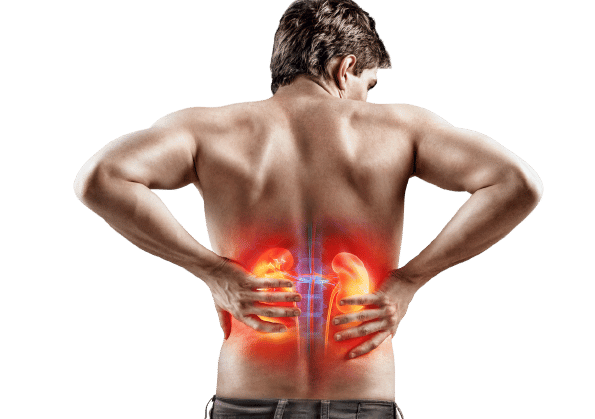
COVID-19
Dexamethasone helps severely ill COVID-19 patients who need ventilator support or supplemental oxygen [6]. The drug counteracts the inflammatory component of the disease.
High Altitude Sickness
High altitude cerebral edema and high altitude pulmonary edema are some manifestations of altitude sickness. These can be treated and prevented by using dexamethasone.
Nausea & Vomiting
Chemotherapeutic-induced and postoperative nausea and vomiting can be treated by using dexamethasone to potentiate the effect of antiemetics.

Autoimmune Diseases
Autoimmune conditions such as immune-mediated thrombocytopenic purpura can be controlled via dexamethasone. It is also used in lupus.
Premature Delivery
Dexamethasone increases surfactant levels and improves pulmonary circulation. It is given to pregnant females to promote fetal lung maturity.
What’s the Dose of Dexamethasone?
The dose of dexamethasone depends on the use of the drug. For the treatment of inflammatory conditions, the oral dose is 0.75 to 9 mg per day [7].
In an intravenous form, the dose is 1 to 6 mg per kg for circulatory shock. It is also used in an intramuscular form.
Generic & Brand Name Versions
Dexamethasone is available in generic presentation but you will also commonly encounter the following patent brand names:
- Decadron
- Dekpak
- Dexacen
- Dexasone
- DexPak
- Dexatenza
- Dioptrol
- Hexadrol
- Hidex
- Maxidex
- Maxitrol
- Neofordex
- Ozurdex
- Solurex
- Taperdex
- Tobradex
- Zcort
- Zema-Pak
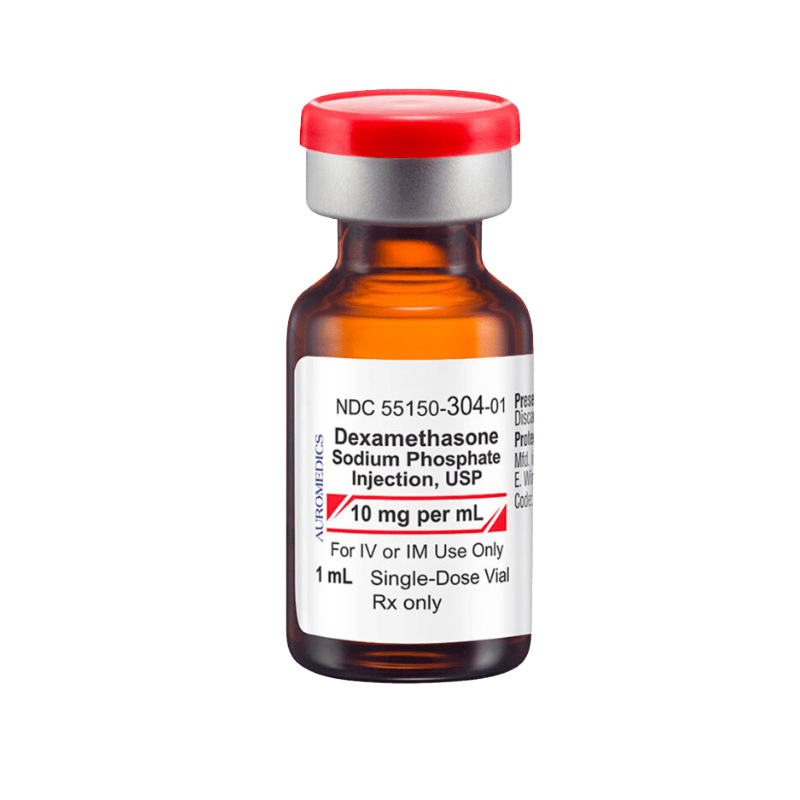
What Are the Side Effects of Dexamethasone?
Generally speaking, dexamethasone is a well-tolerated medication. However, in some cases, it may cause a series of unwanted side effects such as acne, insomnia, headaches, weight gain, nausea, vomiting, impaired skin healing and wound repair, and irritability.
Other serious side effects have been reported, including adrenal suppression, arrhythmias, glaucoma, hypokalemia, depression, pulmonary edema, pseudotumor cerebri, and amnesia [7].
What is Kratom?
Kratom (Mitragyna speciosa) is the name of an evergreen tree native to Southeast Asia. People there have been using it medicinally for a long time, but it’s only recently become popular in the rest of the world. Workers chew the leaves straight from the trees for energy, pain relief, and stamina during long days.

What’s Kratom Used For?
Kratom has contradictory uses, depending on the dose. Here are the most popular uses for it.
What is the Dose of Kratom?
Kratom dosage varies a lot, but there are dosing guidelines to help you narrow it down.
- Small doses (2-4 g) stimulate focus, mood, and creativity.
- Medium doses (5-8 g) will be more relaxing, even sedating for some people, and will start to offer intense anxiety and pain relief.
- Large doses (9-12 g) should be used sparingly and provide heavy sedation and pain relief.
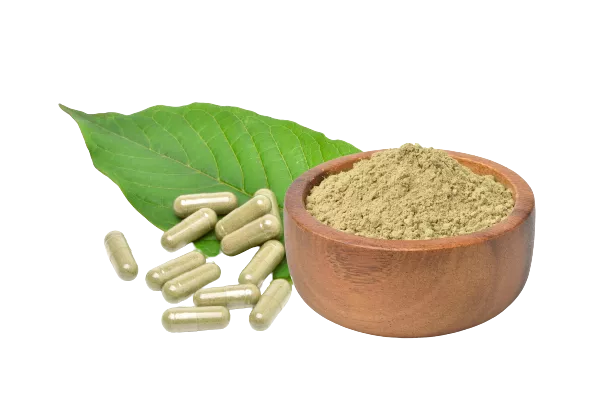
What Are the Side Effects of Kratom?
Some “sources” claim kratom is dangerous, but this is not the case. Current research and the World Health Organization say kratom is well-tolerated and safe with responsible use.
Still, there are some side effects to be aware of — though most are short-lived and more uncomfortable than anything.
- Anxiety
- Constipation
- Dizziness
- Headaches
- Heart palpitations
- Frequent urination
- Irritability
- Itching
- Liver damage (with long-term use)
- Nausea
Kratom can be addictive, though unlikely to cause severe withdrawal symptoms or overdose. Avoid dependency by sticking to as small a dose as possible and taking breaks from it.
What Are the Different Types of Kratom?
You’ll want to pay attention to your dose more than anything, but the strain you choose plays a crucial role in the effects you’ll get.
Before you buy anything, read through this description of the major strains.

White Vein Kratom
White vein kratom comes from the leaves of kratom at an earlier stage of maturity. This form of kratom boosts energy, similar to a caffeine rush. It gives mild euphoria and also helps to improve mental focus. There is an increase in cognitive functioning with this form of kratom.

Red Vein Kratom
Red veins are formed on a fully mature kratom leaf. The form of kratom derived from this type of leaf is potent. This kind of kratom is best for sedation, relieving pain, or managing anxiety.

Green Vein Kratom
Green vein kratom comes from leaves in the middle of their life cycle. This strain produces a mild effect that lasts long and provides euphoria and an improved mood.

Yellow Vein Kratom
Yellow kratom is sometimes made by fermenting or mixing various other forms of kratom leaves. This kind is used for the relief of anxiety and to decrease pain.
Key Takeaways: Is it Safe to Mix Kratom & Dexamethasone?
Not really. Kratom and dexamethasone hinder each other’s metabolism and have opposite effects on the body. Kratom has immunostimulant properties that can impair the immunosuppressive properties of dexamethasone.
The same enzyme metabolizes kratom and dexamethasone, so these drugs may accumulate, which can lead to toxic side effects. It is essential to seek professional advice before consuming these drugs together.
- Tomlinson, E. S., Lewis, D. F., Maggs, J. L., Kroemer, H. K., Park, B. K., & Back, D. J. (1997). In vitro metabolism of dexamethasone (DEX) in human liver and kidney: the involvement of CYP3A4 and CYP17 (17,20 LYASE) and molecular modeling studies. Biochemical pharmacology, 54(5), 605–611.
- Kamble, S. H., Sharma, A., King, T. I., León, F., McCurdy, C. R., & Avery, B. A. (2019). Metabolite profiling and identification of enzymes responsible for the metabolism of mitragynine, the major alkaloid of Mitragyna speciosa (kratom). Xenobiotica, 49(11), 1279-1288.
- Fluyau, D., & Revadigar, N. (2017). Biochemical Benefits, Diagnosis, and Clinical Risks Evaluation of Kratom. Frontiers in psychiatry, 8, 62.
- Grzybowski, A., Brockmann, T., Kanclerz, P., & Pleyer, U. (2019). Dexamethasone Intraocular Suspension: A Long-Acting Therapeutic for Treating Inflammation Associated with Cataract Surgery. Journal of ocular pharmacology and therapeutics: the official journal of the Association for Ocular Pharmacology and Therapeutics, 35(10), 525–534.
- Myers, K. A., & Kline, G. A. (2010). Addison disease presenting with acute neurologic deterioration: a rare presentation yields new lessons from old observations in primary adrenal failure. Endocrine practice: official journal of the American College of Endocrinology and the American Association of Clinical Endocrinologists, 16(3), 433–436.
- Agarwal, A., Rochwerg, B., Lamontagne, F., Siemieniuk, R. A., Agoritsas, T., Askie, L., Lytvyn, L., Leo, Y. S., Macdonald, H., Zeng, L., Amin, W., Barragan, F., Bausch, F. J., Burhan, E., Calfee, C. S., Cecconi, M., Chanda, D., Dat, V. Q., De Sutter, A., Du, B., … Vandvik, P. O. (2020). A living WHO guideline on drugs for covid-19. BMJ (Clinical research ed.), 370, m3379.



